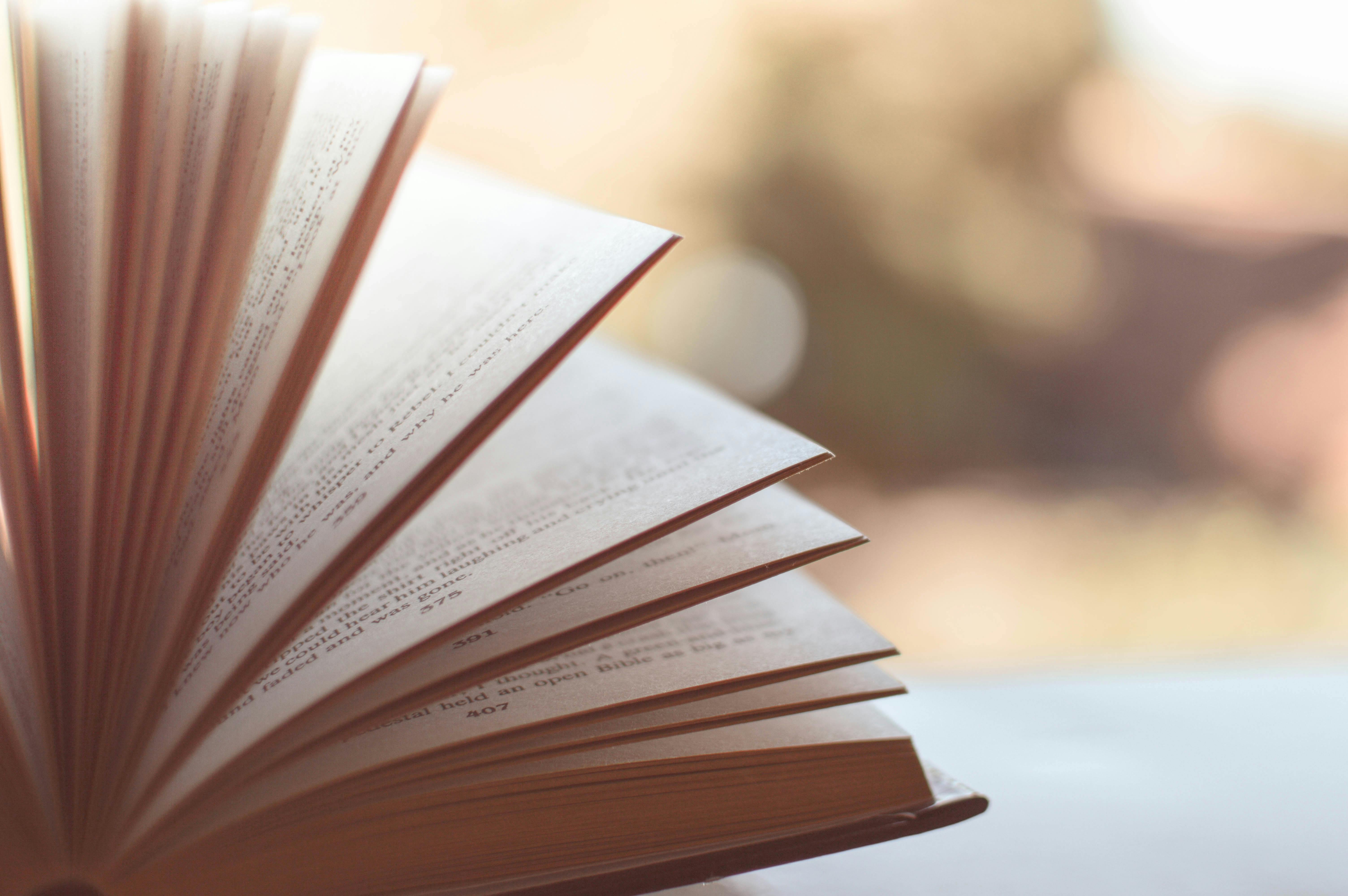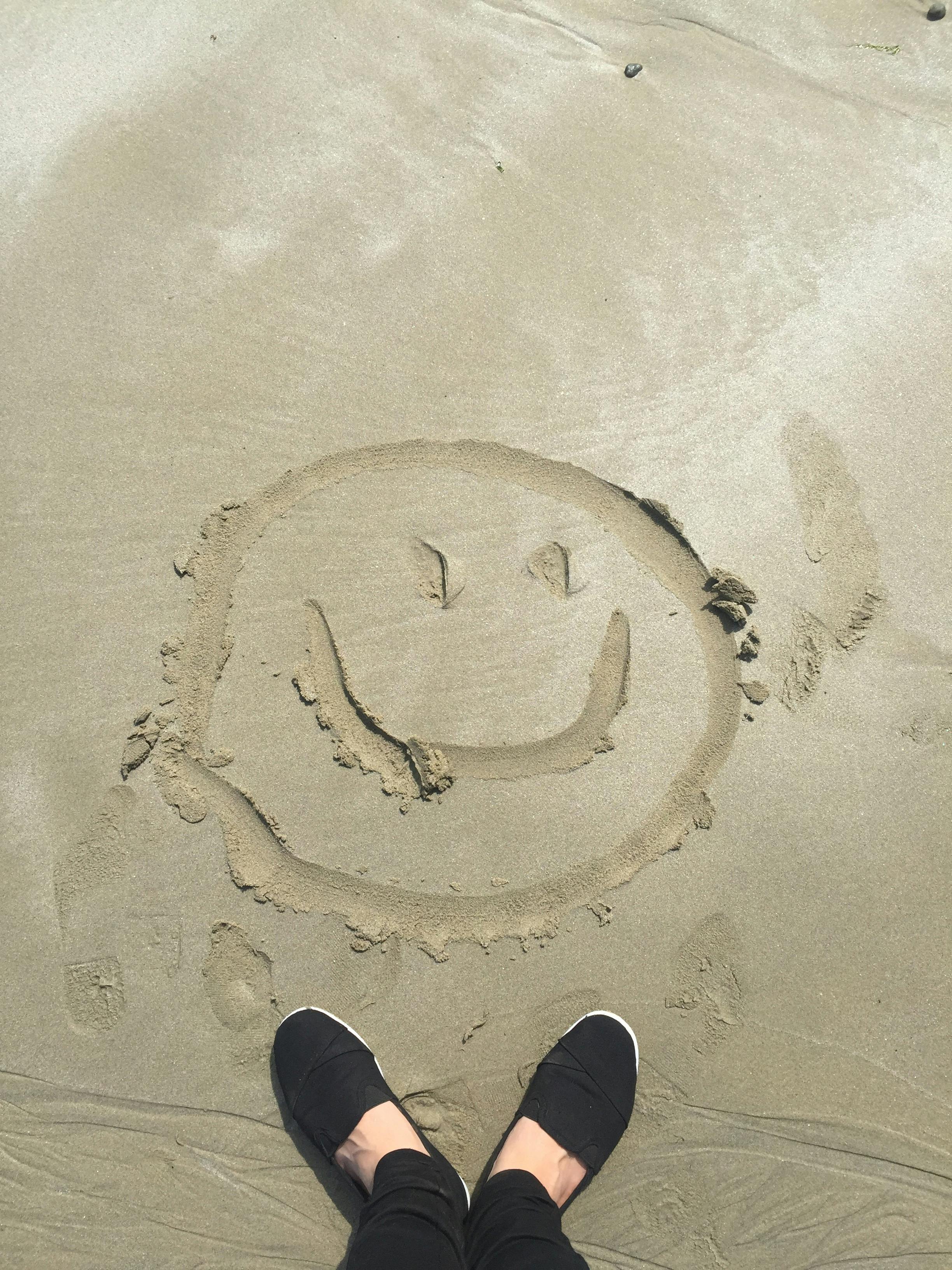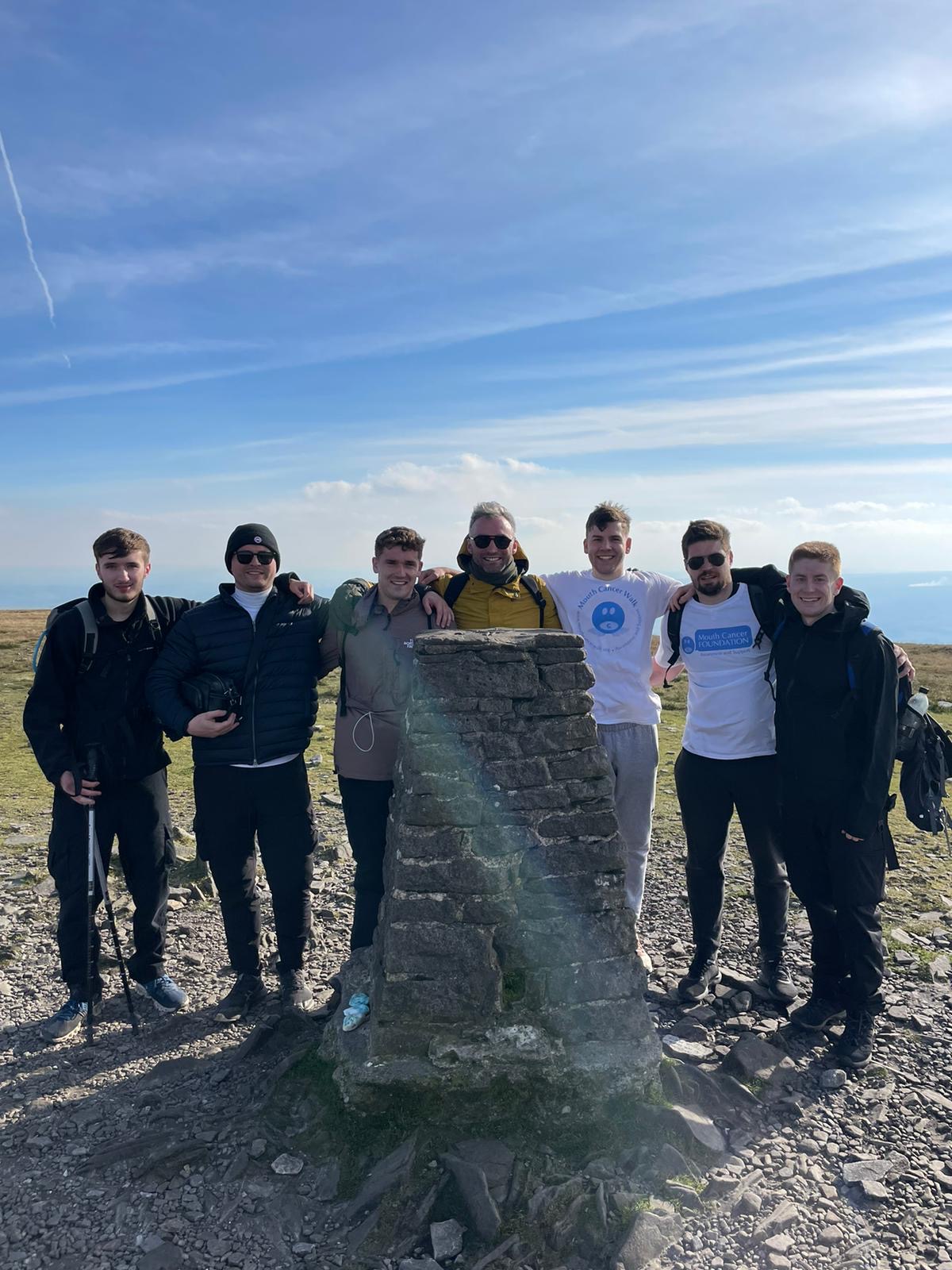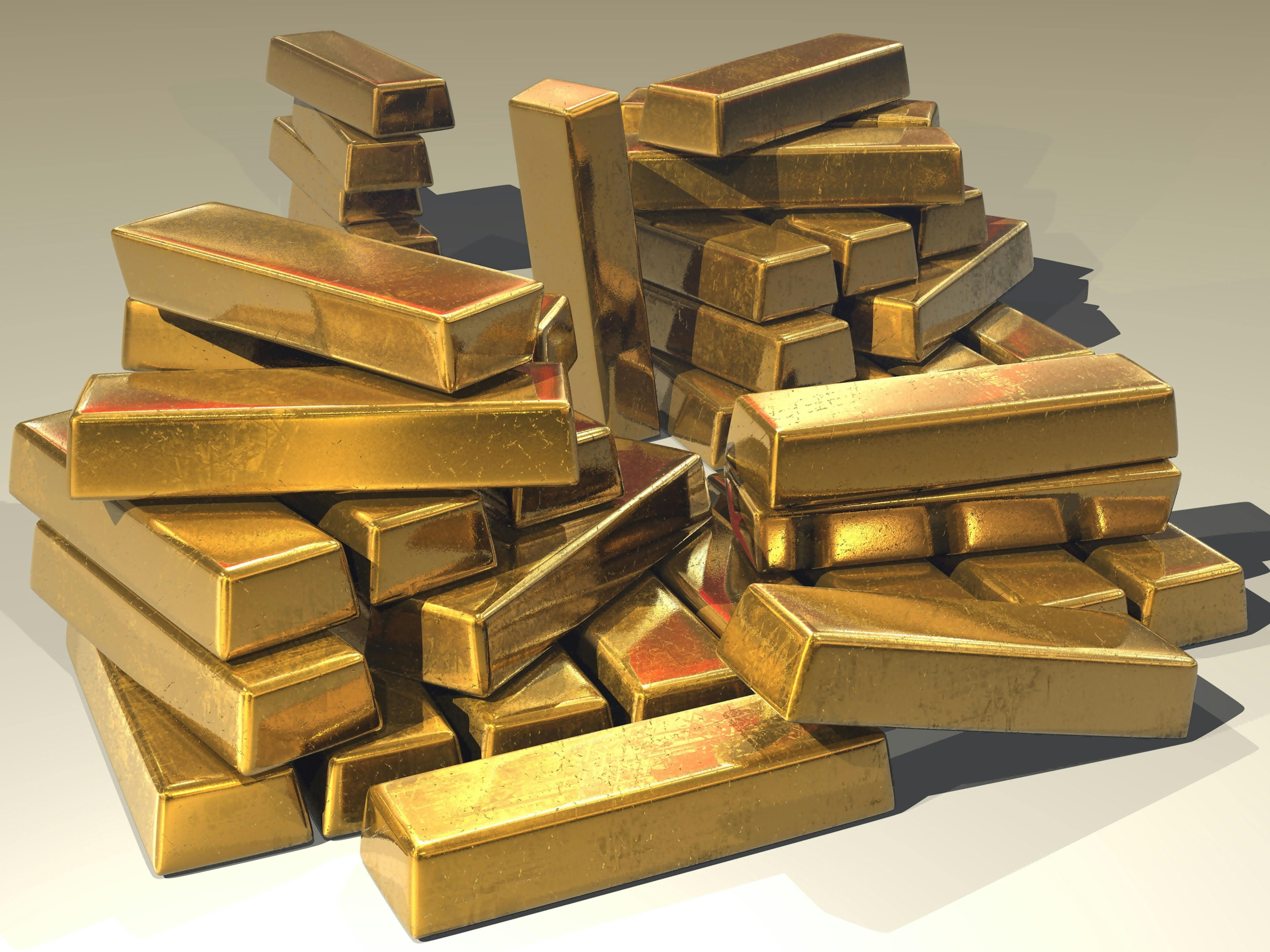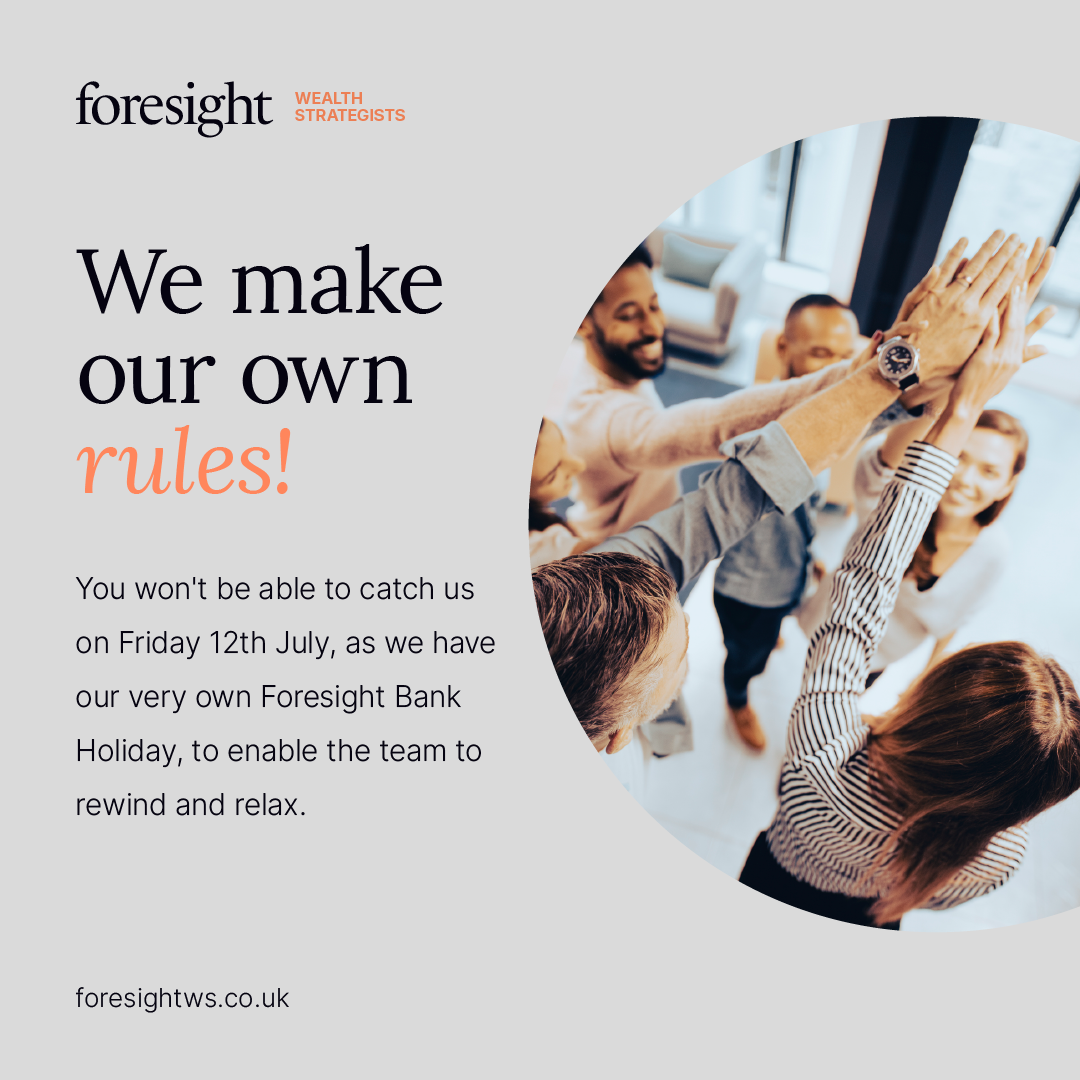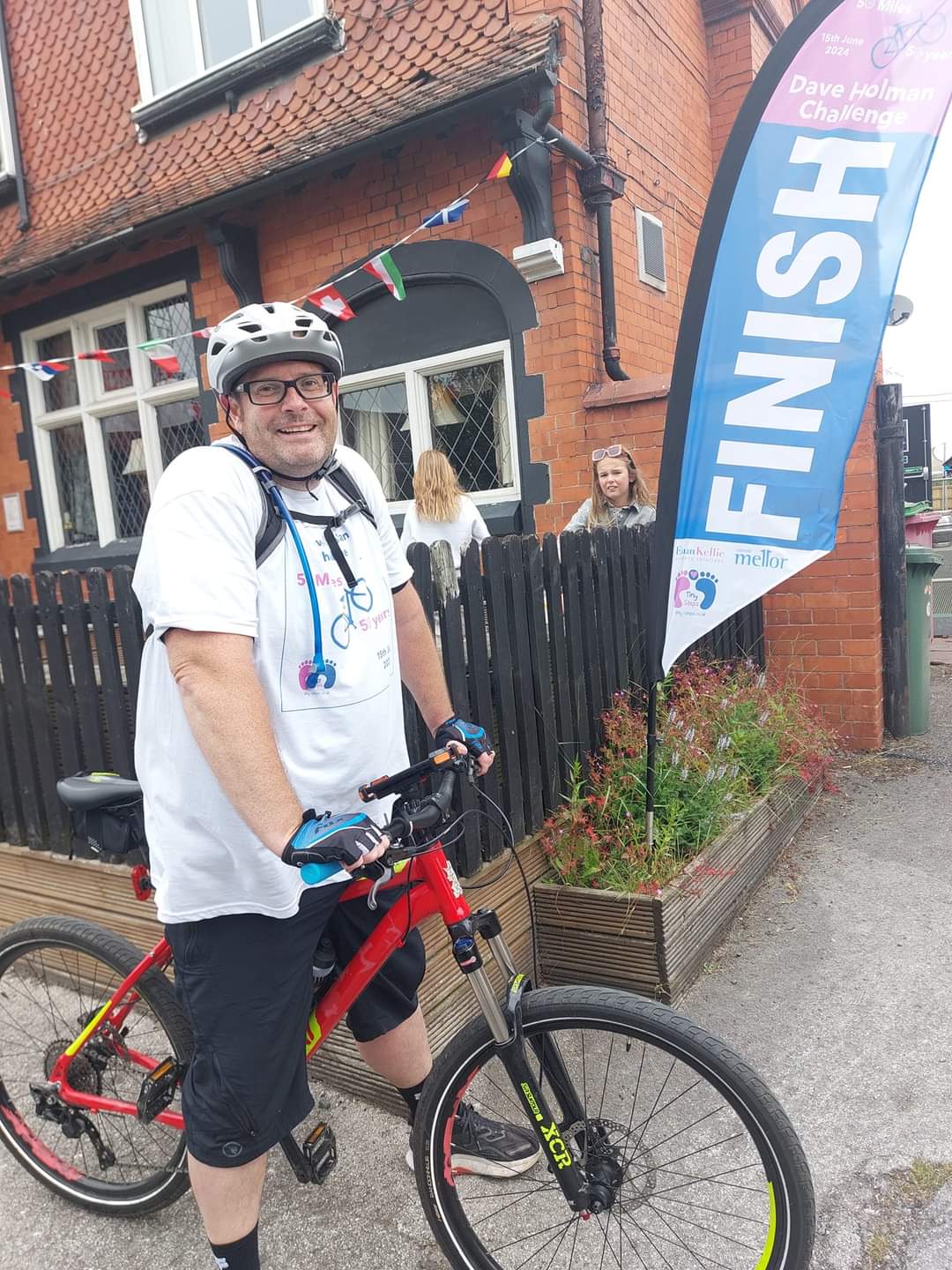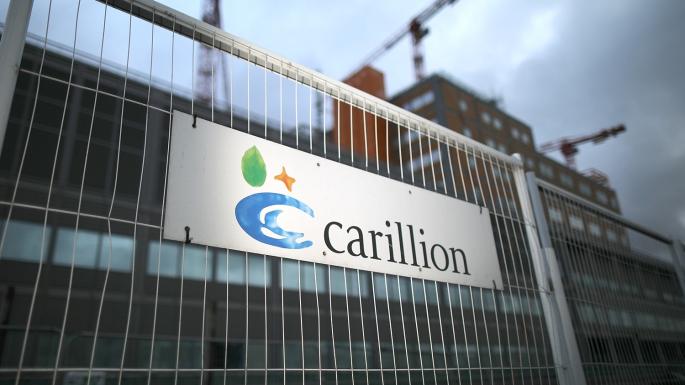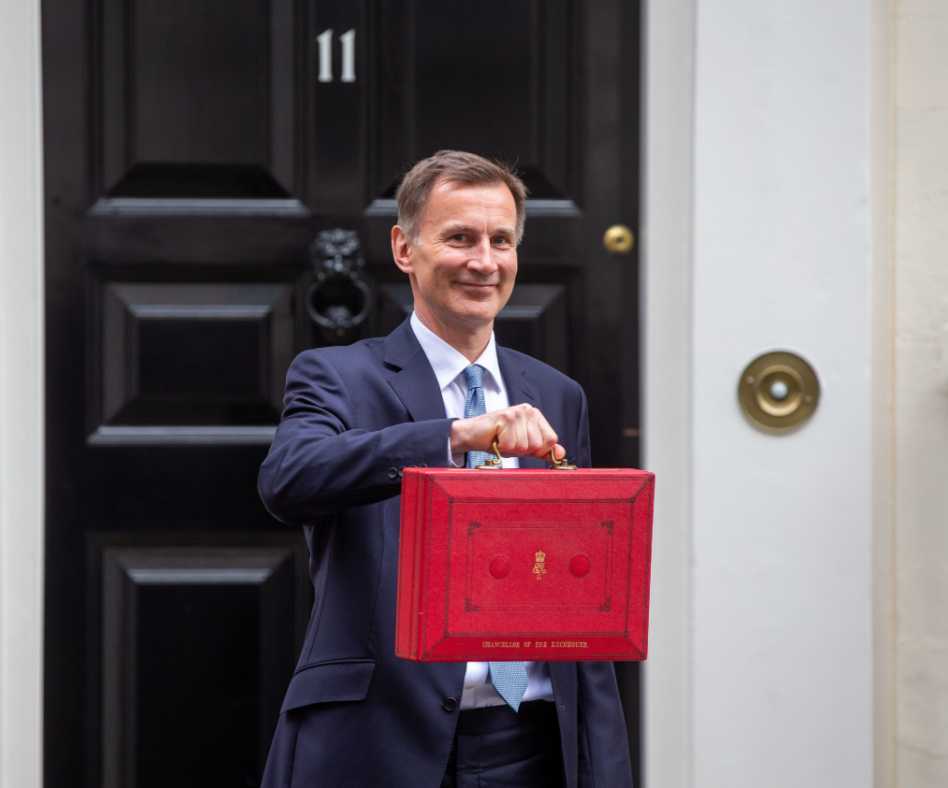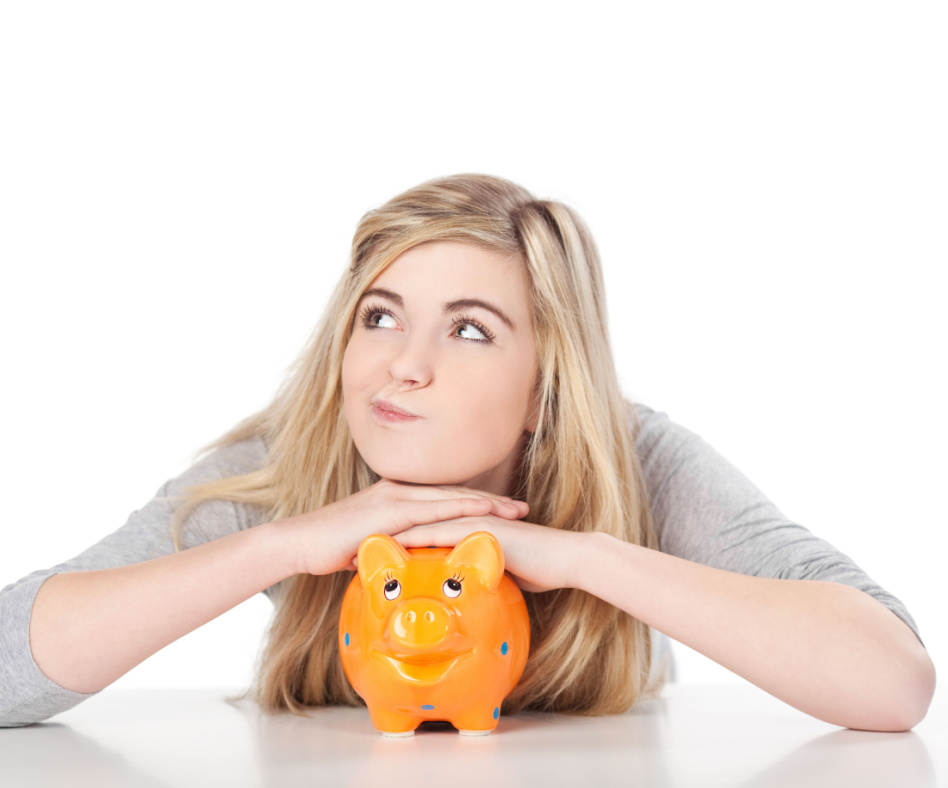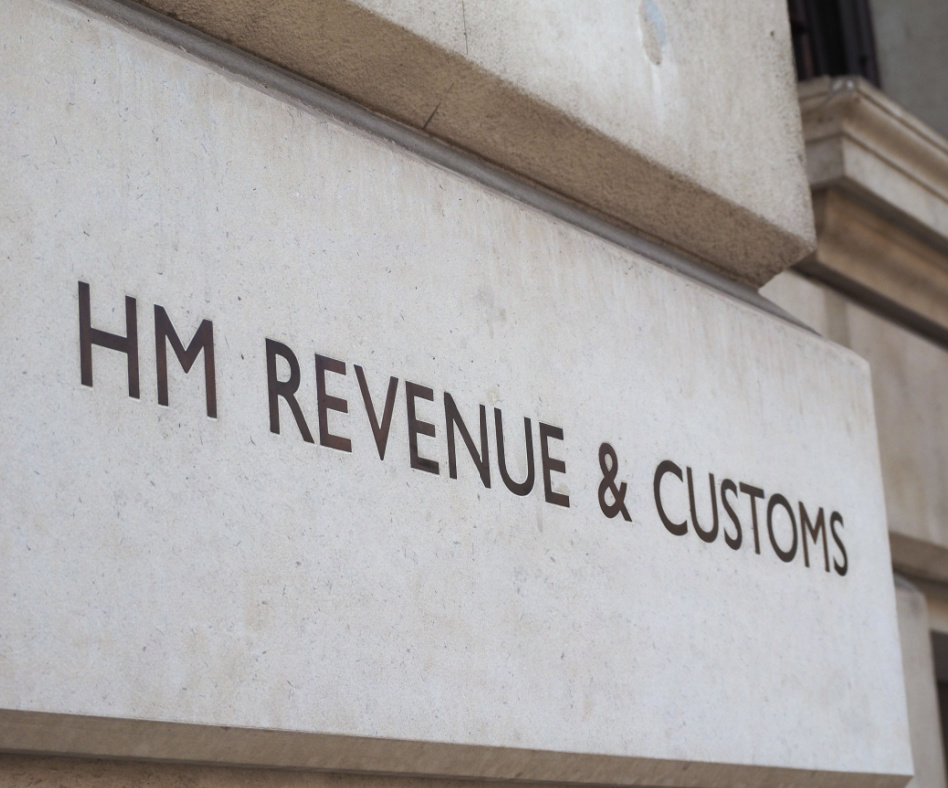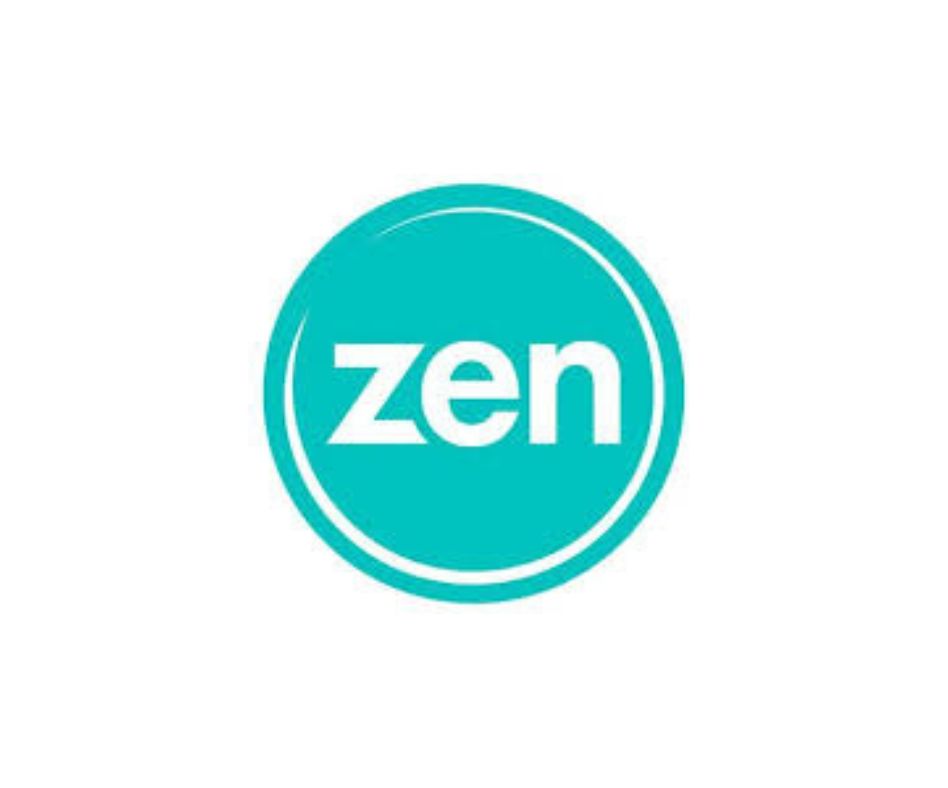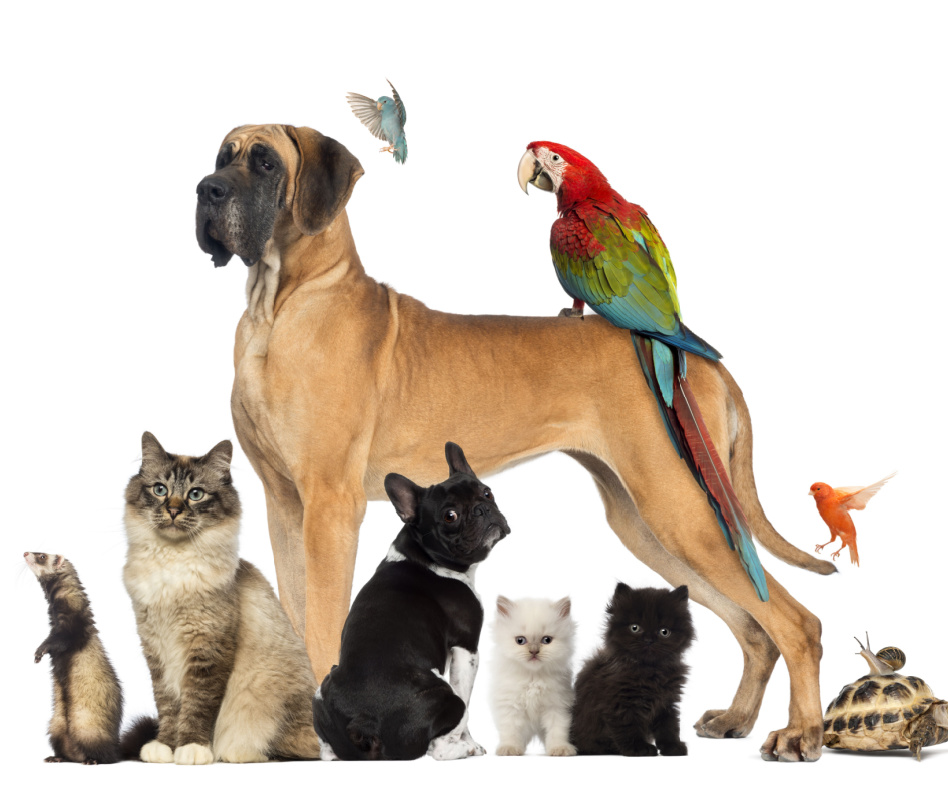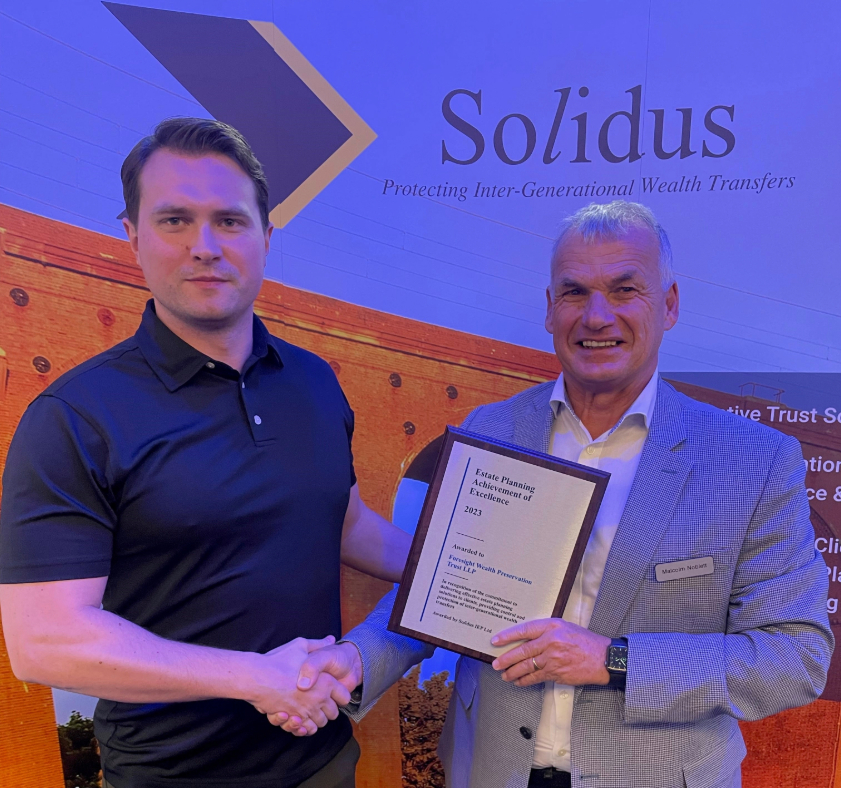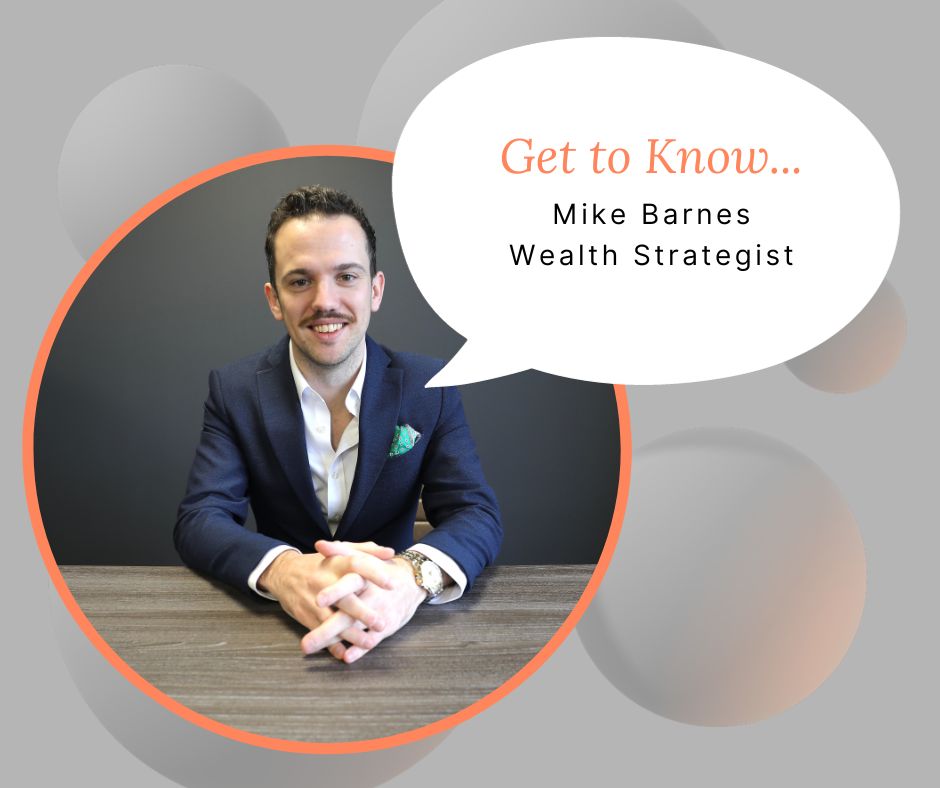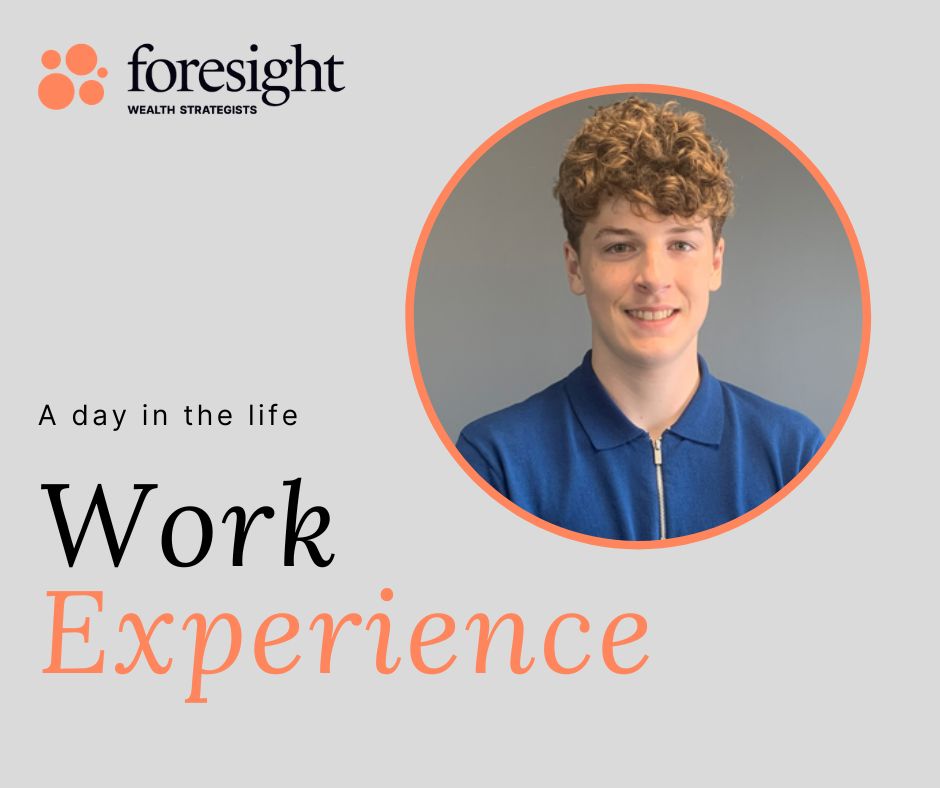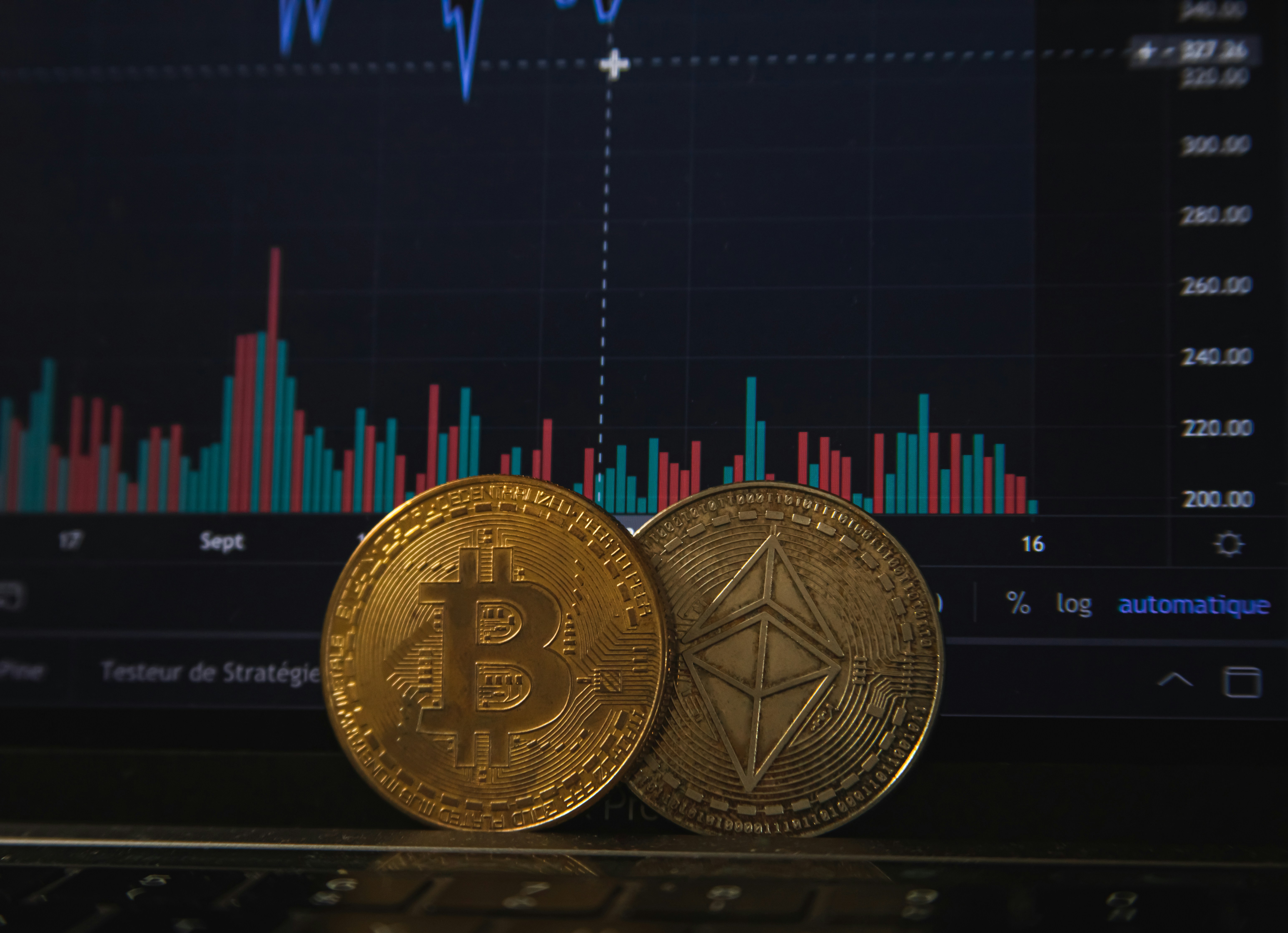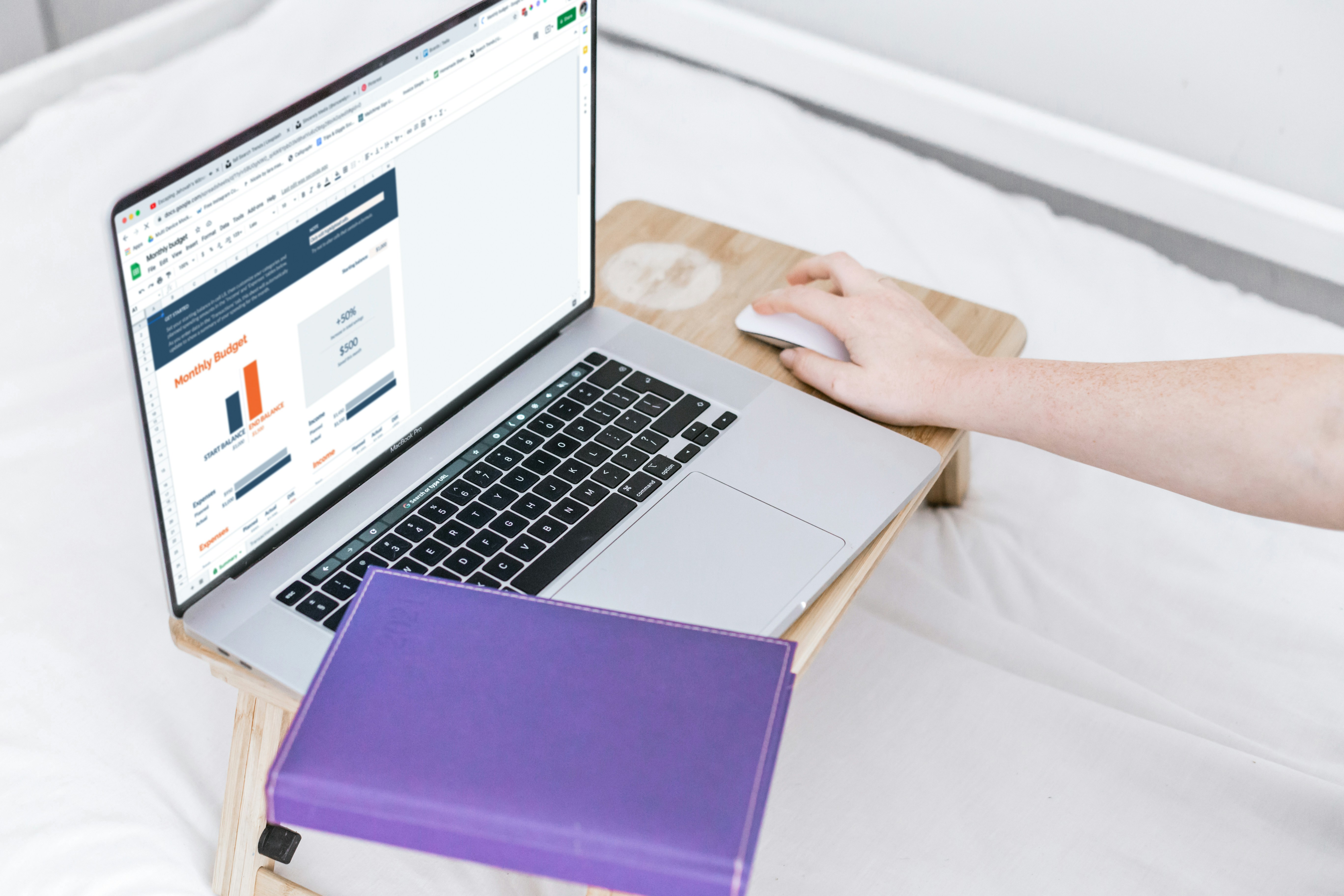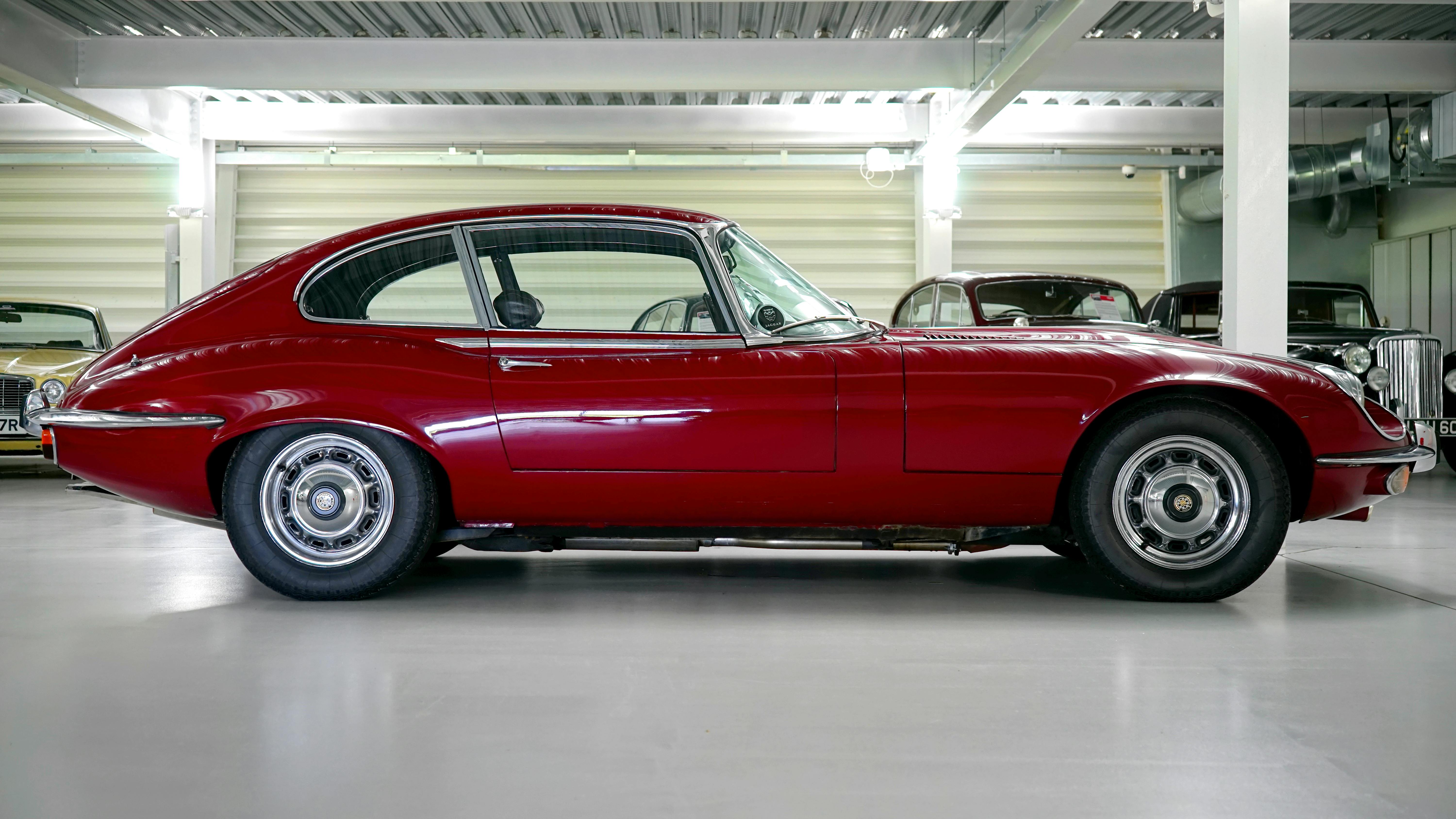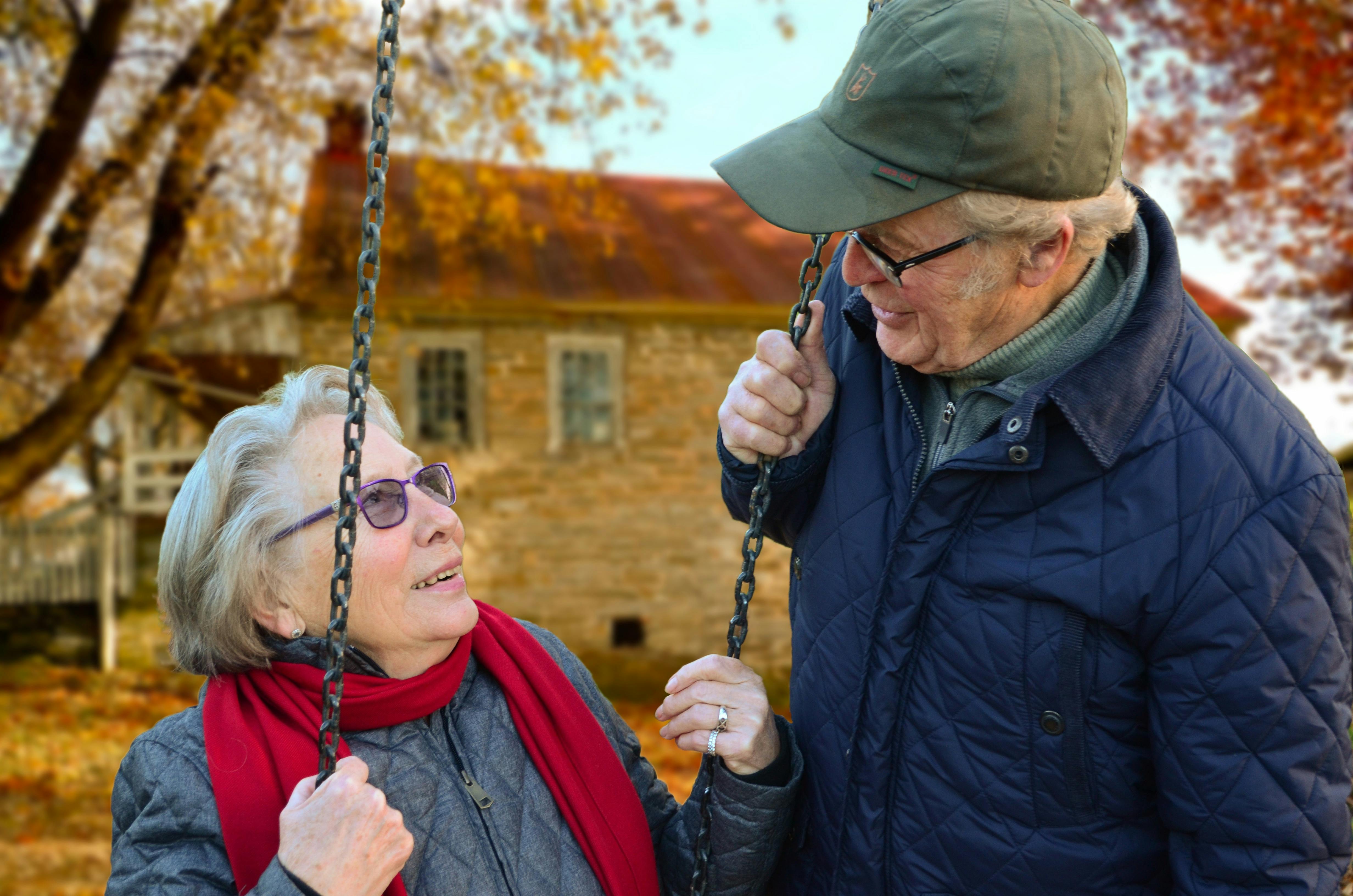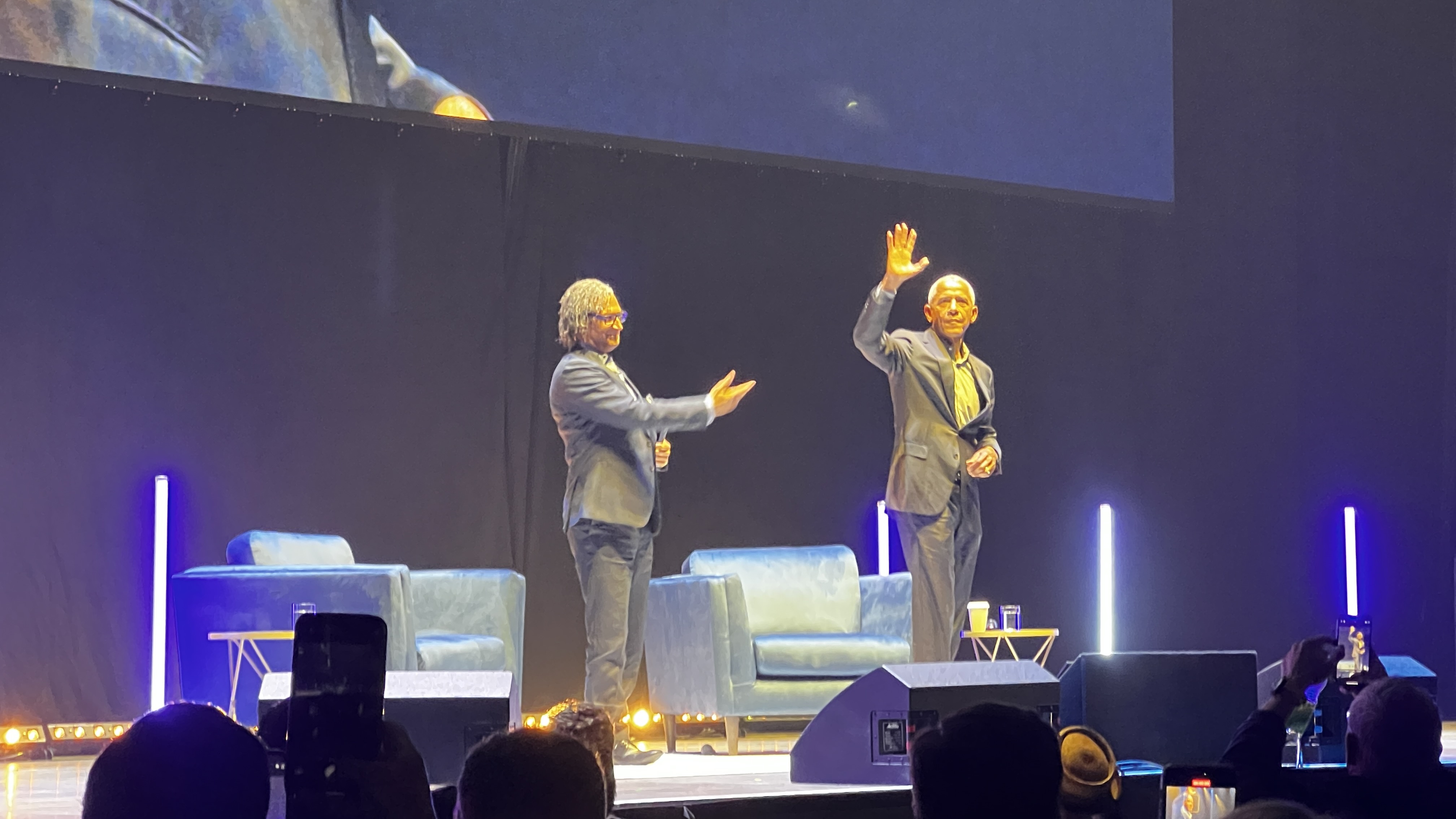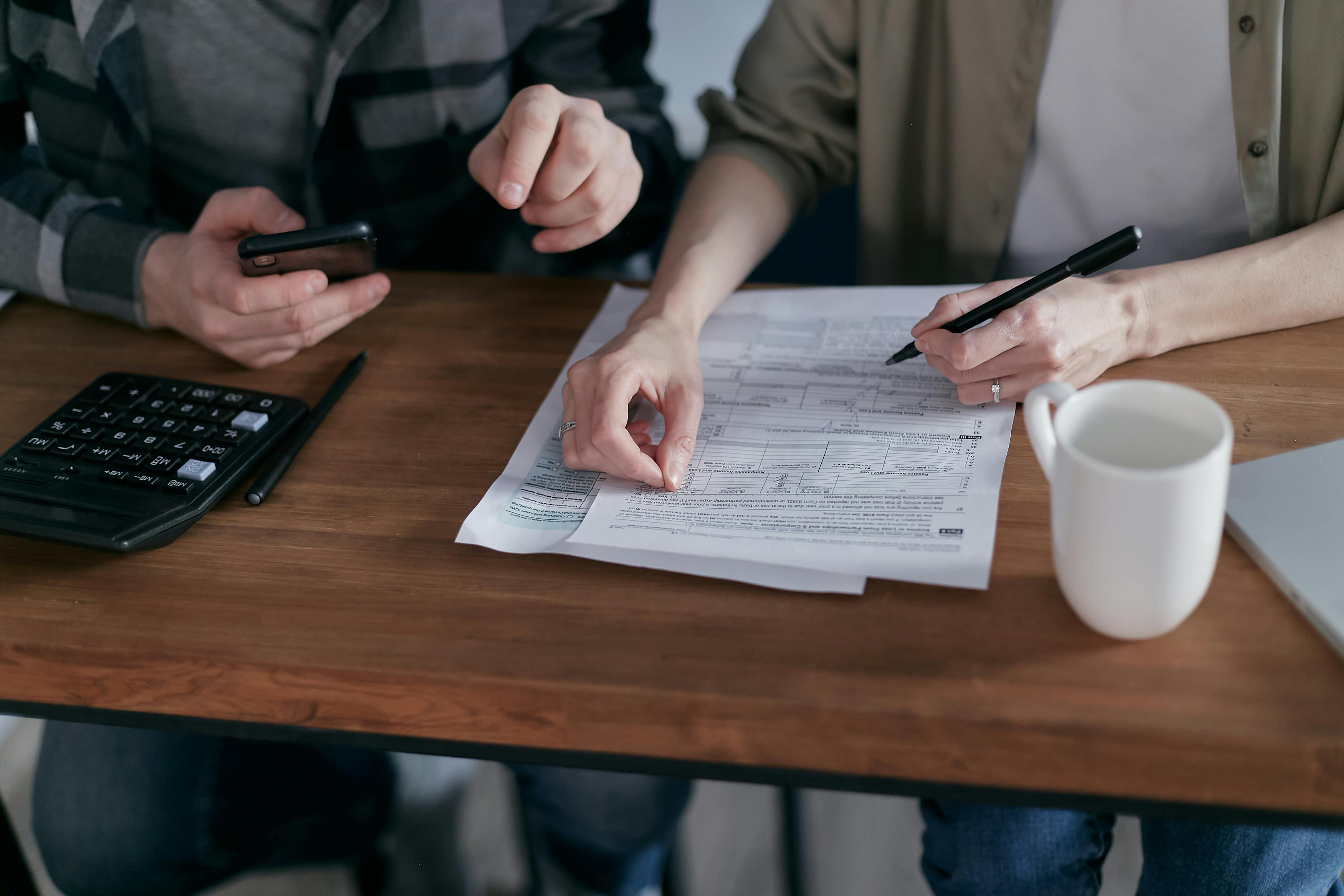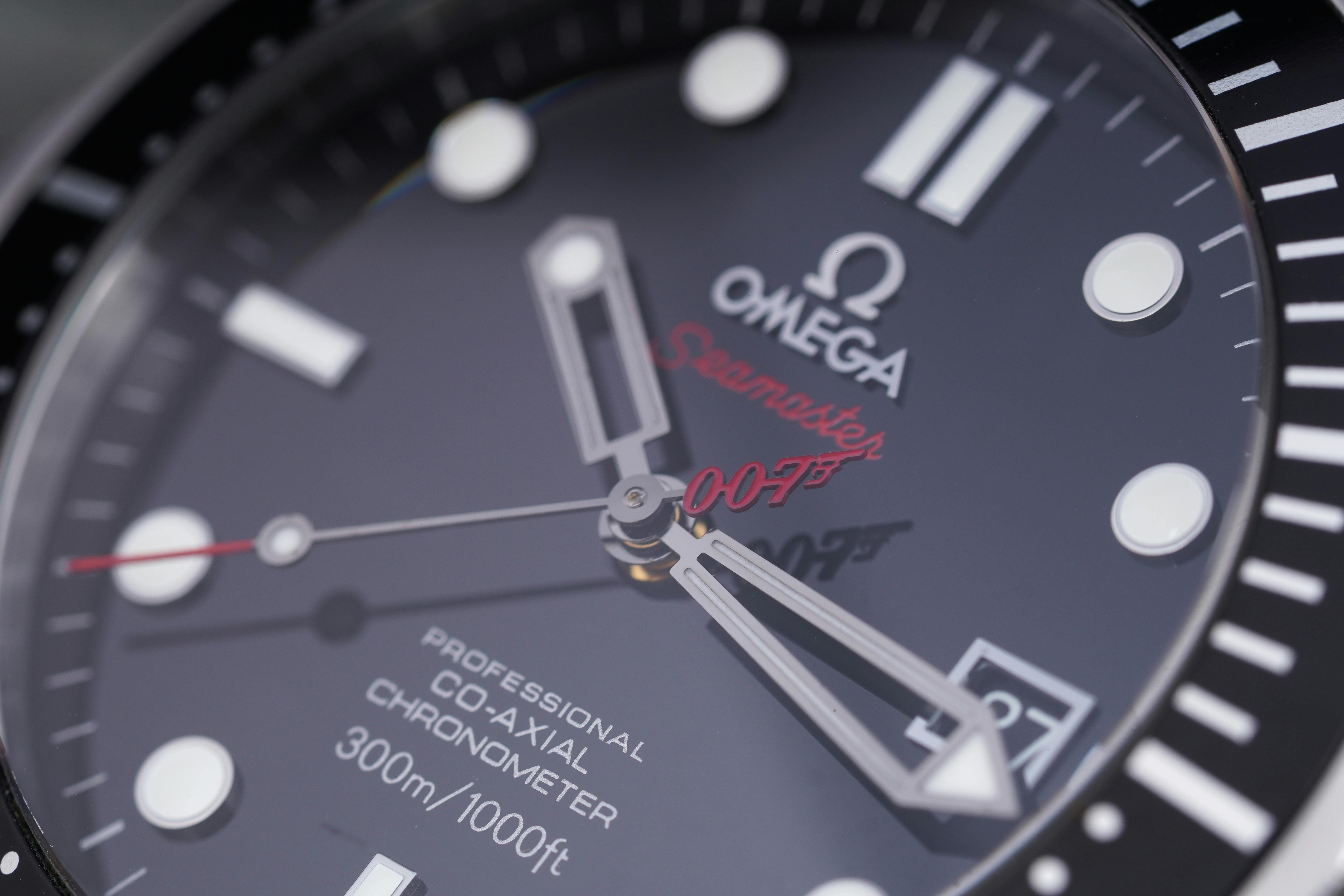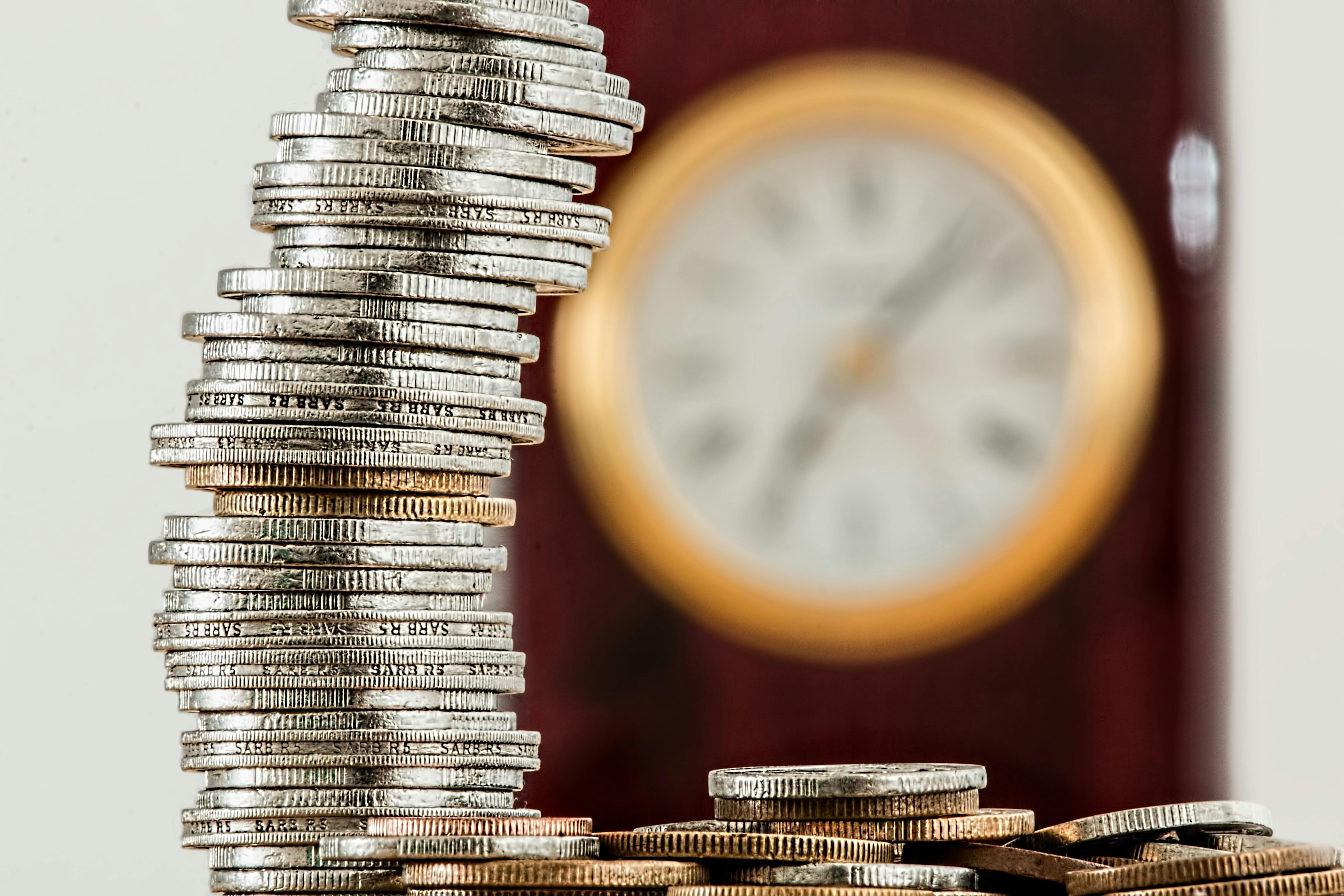For most people, the period of financial excitement that came to a messy end in 2008 will always be the point of comparison for future recessions. For reference, I was still in education at this time, so largely sheltered from the worst of things. However, the ripple effects were still felt. Prior to ’08, university graduates didn’t need to worry about the job market. There was no real question about who would get good jobs; the question was which would they choose.
Of course, it didn’t last. The decade that followed the financial crisis was poor by most metrics, notably in terms of people’s pay packets. Wage growth across the UK was particularly weak. In the UK, real wages grew by an average 33 per cent per decade from 1970 to 2007 but didn’t grow at all in the 2010s.
Now, we bear witness to the end of another era. Not, sadly, the era of tough economic times, but the era in which those problems were accompanied historically low interest rates. Central banks around the world are raising rates to combat inflation. So, what will we remember of the age of cheap money?
The answer probably depends on who you are.
For homeowners, much lower mortgage payments helped to offset the lack of wage growth and boosted the value of homes and other assets. People had the weird feeling their properties were earning more than they were.
People who weren’t on the housing ladder watched the bottom rung move further away. In the UK, 55 per cent of those born between 1956 and 1960 were homeowners by the age of 30. For people like myself, born between 1981 and 1997, that figure was just 27 per cent.
The car market changed too. Instead of buying a new car with cash up front, it became increasingly popular to use PCP schemes which allowed customers to pay a deposit and a monthly fee. This allowed people to drive fancier cars. In the UK in 2006, 46 per cent of new car registrations were financed at the point of sale by members of the Finance & Leasing Association. By 2019, that figure was almost 92 per cent. The UK wasn’t getting much richer as a nation, but you wouldn’t have known it from all the BMW’s on its roads.
Low interest rates also sent money gushing into lossmaking start-ups that promised to grow quickly. Through Uber and Deliveroo, investors subsidised people’s taxi rides, takeaway meals and 15-minute deliveries of treats like beer and chocolate.
Then there was the expansion of “buy now, pay later” companies, which partner with retailers to give customers the option to pay for their stuff via interest-free instalments. This business model was perfectly placed to help retailers drive up sales in an era in which young consumers were feeling the pinch in their pay packets. Swedish company Klarna found that US retailers offering customers four interest-free instalments reported a 68 per cent increase in average order value and 21 per cent higher purchase frequency.
A survey by the US Federal Reserve in 2021 found that while 78 per cent of buy-now-pay-later service users did it for convenience, 51 per cent also said it was the only way they could afford their purchase.
It would be overly curmudgeonly to say the opportunity afforded by low interest rates was entirely frittered away on services like these. Low rates also helped to foster important investments in renewable energy and to underpin the shale boom in the US.
History books will view this decade as a period of economic stagnation came with a veneer of affluence. Money was tight but people could summon cheap rides and buy things even when they couldn’t afford them. These business models are now under strain. Uber and Deliveroo’s share prices have tumbled. Rapid grocery delivery apps are closing down or merging. The valuation of Klarna, once Europe’s most valuable private tech company, has dropped from $46bn to $6.7bn.
For that reason, I think the lasting image of the era of cheap money for me will be the recent announcement that customers can now pay for a Deliveroo takeaway in instalments via Klarna. Deliveroo and Klarna say this isn’t problematic, given that plenty of people buy takeaways with credit cards. Still, it’s hard to escape the impression of two drunks propping each other up at the end of a long party



